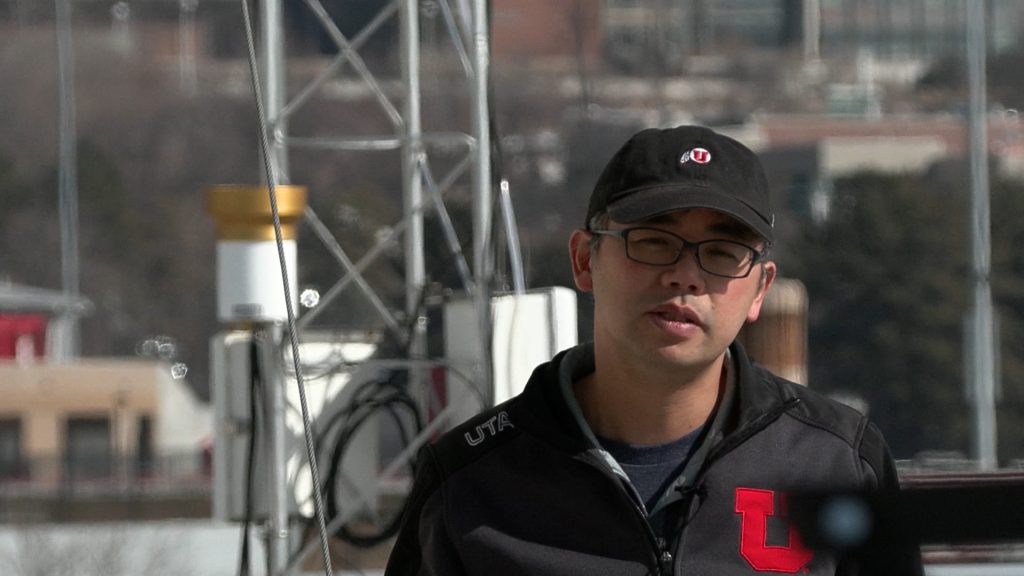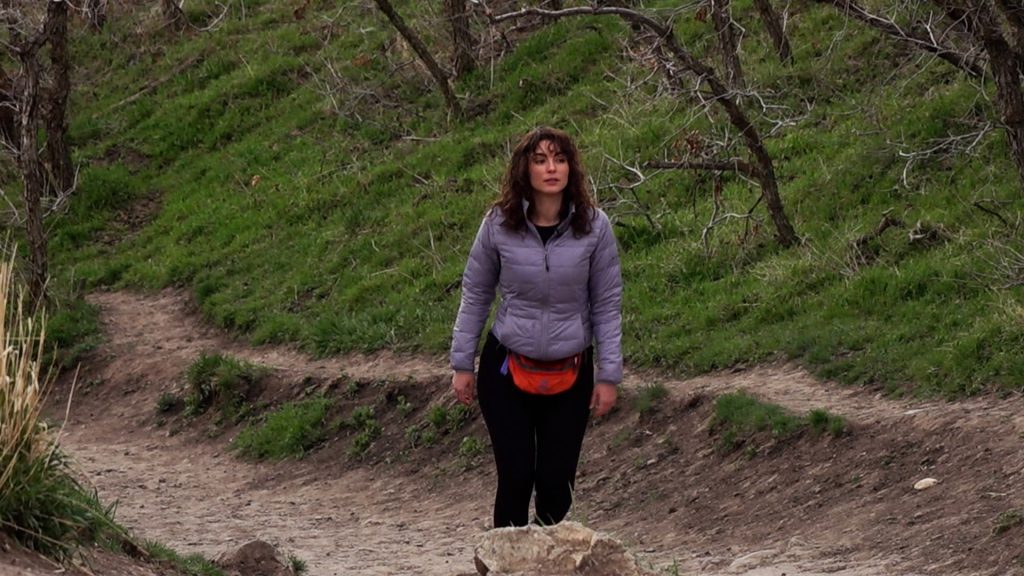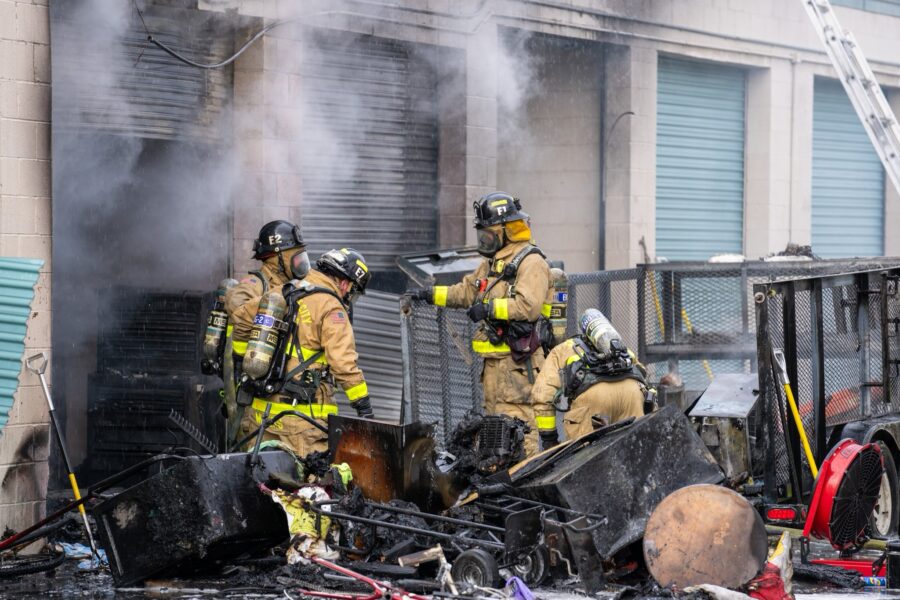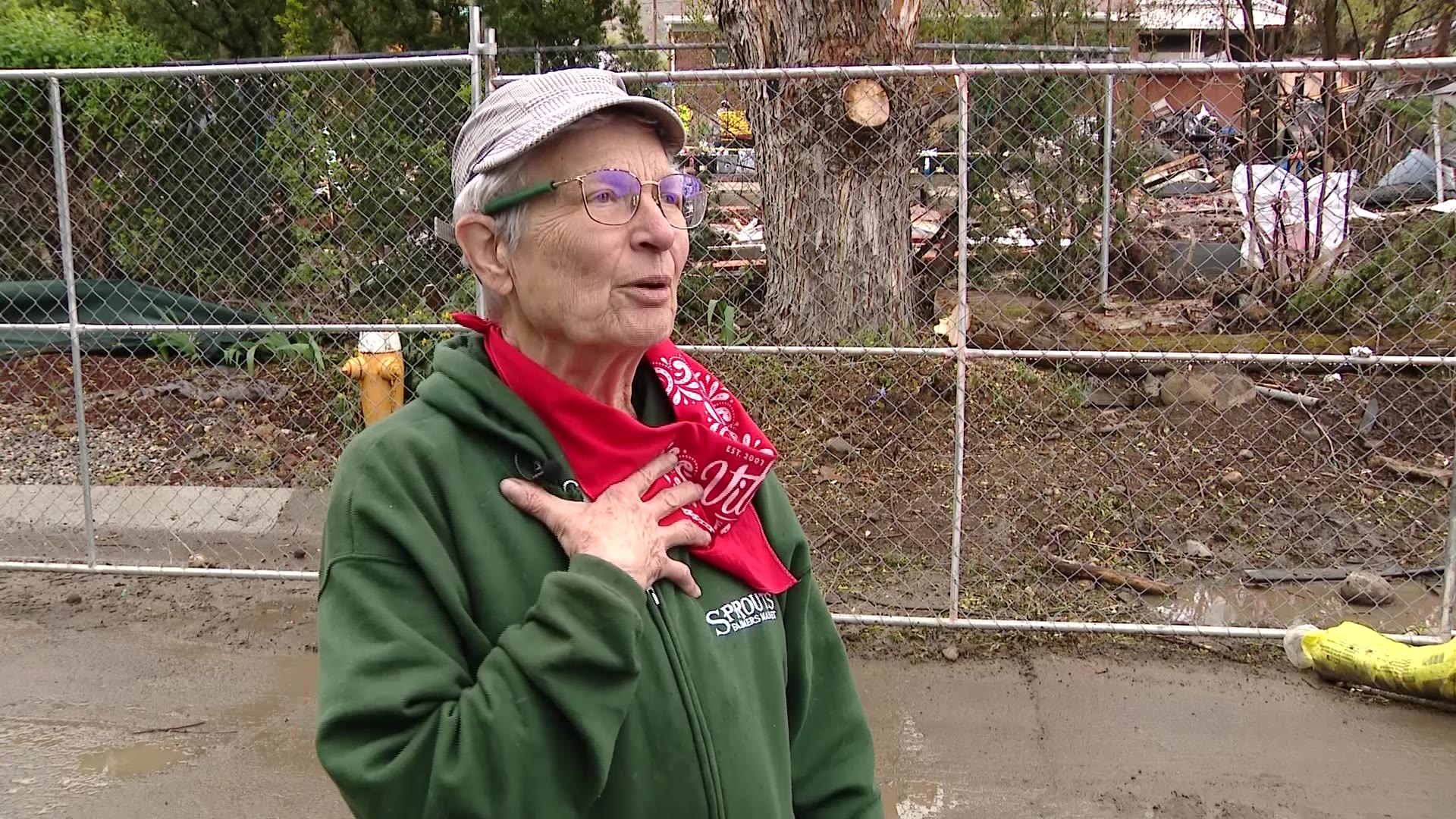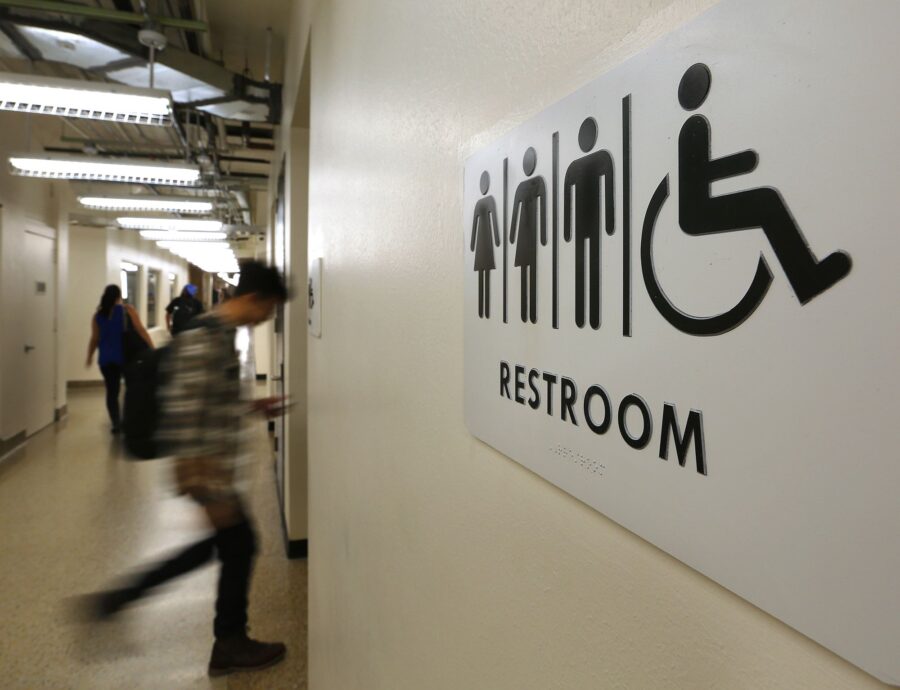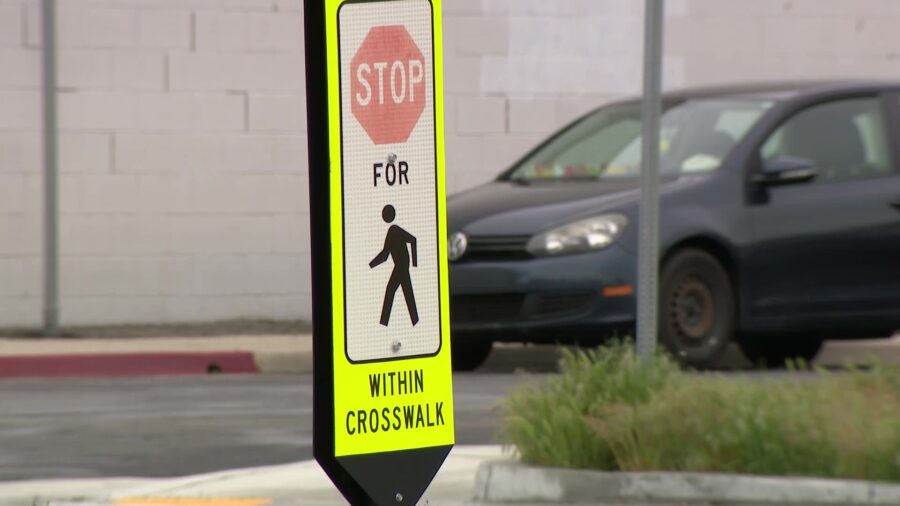Why a greenhouse gas sounds like an oboe
May 27, 2022, 9:18 PM | Updated: Jun 7, 2022, 3:00 pm
SALT LAKE CITY — You can’t hear the carbon dioxide that quietly collects in our atmosphere and heats up the earth, but if you could, it might, University of Utah assistant music professor Elisabeth Curbelo said, sound like an oboe.
Curbelo started “listening” to CO2 when she began work on a new composition, “Breath,” integrating data on the level of greenhouse gas in Salt Lake City.
On the roof of the University’s William Browning Building, a small funnel directs air samples downstairs to Professor John Lin’s lab, where a small machine measures CO2 and methane levels. Initiated 20 years ago, it is now the longest-running record of urban CO2 levels anywhere in the world.
Lin gave the two decades of data to Atmospheric Sciences colleague Tim Garrett, who, using the same mathematical process that turns our voices into digital signals and back again to make cell phone calls, turned that record into three sounds – of annual changes of CO2 levels, of weekly levels, and of changes throughout the day.
The sonified annual data has a rough, stuttering sound — a kind of clicking created by annual winter inversions that trap carbon dioxide in the valley.
“I know what’s behind that in terms of data, so I think about the CO2 going up and down [when I hear it],” Lin said.
In the sound of the weekly data, you hear a pattern of higher levels during weekday traffic and lower levels on weekends when more cars are parked at home.
The sound of the daily data mimics the harmonics of an oboe. Looking at the audio waveform, you see levels rising during the morning and evening rush hours, and then three or four other times during the day.
Garrett said data from other cities — Indianapolis and Boston — also sound like an oboe, which, coincidentally, he once played rather seriously.
“It turns out that they also make the same sound, [when] the same mathematical analysis is done,” he said.
That is why when Curbelo wrote “Breath,” she scored it for oboe, as well as spoken voice and electronics —including the sonified CO2 data.
Emerita Professor Julia Corbett, who wrote and performed the text, describes our interconnectedness with the air, while an oboe plays staccato notes and shrieks. Curbelo found those notes when she hiked up Ensign Peak overlooking the city, listened to the sounds of traffic and other carbon-emitting activities and using perfect pitch, identified the tones she heard.
“(It) is still a beautiful city,” she said while hiking the trail to the peak, “but there is something harmful hidden behind the beauty.”
The piece, which is 365 measures long (for the number of days in a year), begins with a light touch and ends in a thick mass of sound — all three sonifications blaring at once.
Curbelo wrote “Breath,” she said, to encourage people to literally listen and pay attention to global warming.
“The fact is, is that equations and graphs don’t communicate well,” Garrett said. “But music is something that we can relate to.”
“If you explain it, if you communicate this with art, it [conveys] human emotions. And people remember that in a different way. It affects people in other ways,” Curbelo said. “I also do it for myself. Composers, we always use music as therapy.”
“Breath” is part of an online effort which Curbelo co-directs, Artivism 4 Earth, to promote music and other performing arts about global warming.

